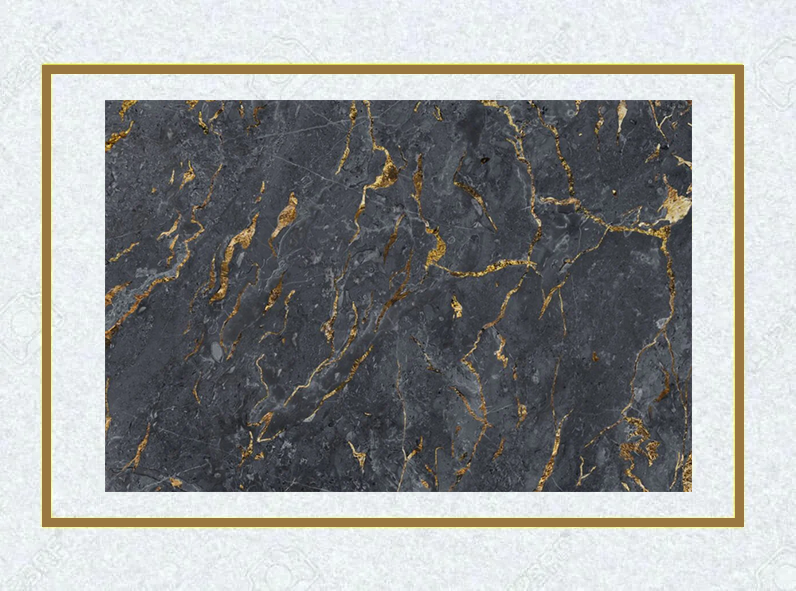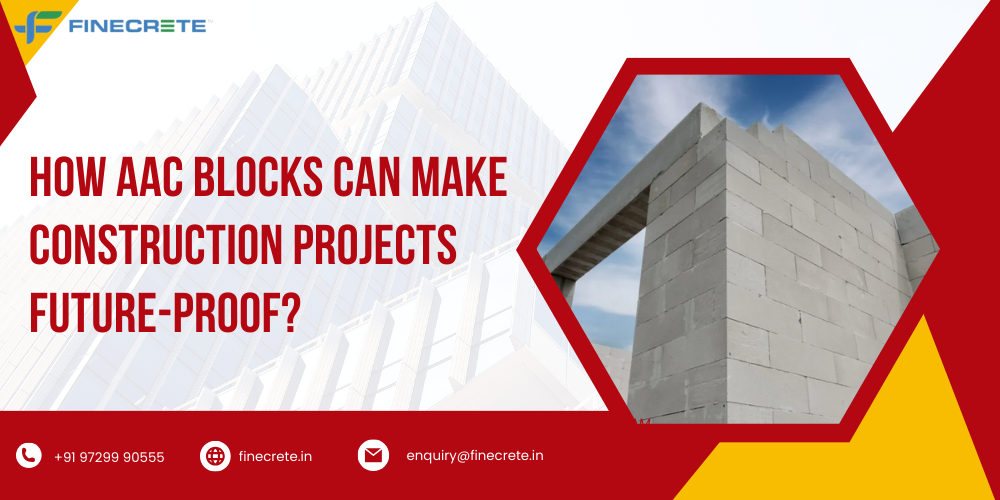The construction industry is ever-evolving. It is essential to future-proof construction projects to ensure longevity, compliance with regulations, and maintain cost-effectiveness. AAC (Autoclaved Aerated Concrete) blocks have emerged as a game-changer as one of the best building construction materials. Find out how AAC blocks make construction projects future-proof without the need for costly upgrades.
- Energy Efficiency
AAC blocks help construction projects meet energy efficiency standards by making them future-proof. These construction materials have excellent thermal insulation properties. The porous structure of AAC blocks traps air, creating a barrier against heat transfer. This reduces the need for energy consumption for heating and cooling purposes.
When AAC blocks are used, it can be easier to make construction projects satisfy and even exceed future energy efficiency regulations. Long-term cost savings and environmental sustainability are the additional benefits.
- Fire Safety
With increasing focus on fire safety regulations, AAC blocks offer a future-proof solution. These blocks are highly fire-resistant. This can provide a significant advantage over traditional construction materials. AAC blocks do not combust easily and do not release toxic gases when exposed to fire.
Thus, by using AAC blocks for construction purposes, builders can ensure compliance with future fire safety requirements with no need for expensive upgrades or retrofits.
- Sound Insulation
Noise pollution is a growing concern. With future regulations, there is likely to be more focus on sound insulation in buildings. AAC blocks are known for their excellent sound insulation properties. The porous structure of these blocks absorbs and dampens sound, ensuring quieter indoor environments.
The use of these construction materials can help projects meet future sound insulation requirements proactively. Occupants can enjoy a peaceful, comfortable living or working space.
- Sustainable Construction
Sustainability is a major focus in the construction industry. Future regulations are expected to prioritize environmentally friendly practices. AAC blocks are made from materials readily available in the environment, such as sand, lime, cement, and water. Thus, these are an eco-friendly choice.
AAC blocks are also manufactured without harming the environment. There are fewer carbon emissions, as compared to the production process involved in making traditional construction materials. AAC blocks can make construction projects meet future sustainability requirements more easily, contributing to a greener and more sustainable future.
- Durability
The high compressive strength of AAC blocks ensures that structures built with them can withstand the test of time. This durability factor reduces the need for frequent repairs or replacements, saving time and money in the long run. Thus, these blocks can help construction projects meet specific requirements without incurring costly upgrades or maintenance expenses.
The use of AAC blocks in construction projects can help make construction projects resilient, sustainable, and future-proof. Builders and homeowners can be assured of compliance with future standards, environmental benefits, and long-term cost savings.






